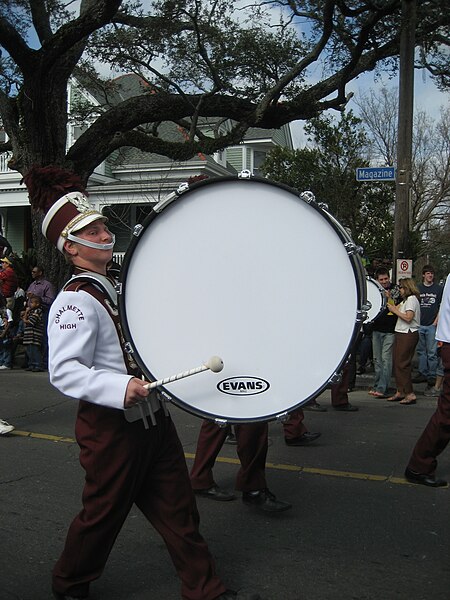Reverberation, in acoustics, is a persistence of sound after it is produced. Reverberation is created when a sound or signal is reflected. This causes numerous reflections to build up and then decay as the sound is absorbed by the surfaces of objects in the space – which could include furniture, people, and air. This is most noticeable when the sound source stops but the reflections continue, their amplitude decreasing, until zero is reached.
Automatically determining T20 value - 5dB trigger - 20dB measurement - 10dB headroom to noise floor.
In physics, sound is a vibration that propagates as an acoustic wave through a transmission medium such as a gas, liquid or solid.
In human physiology and psychology, sound is the reception of such waves and their perception by the brain. Only acoustic waves that have frequencies lying between about 20 Hz and 20 kHz, the audio frequency range, elicit an auditory percept in humans. In air at atmospheric pressure, these represent sound waves with wavelengths of 17 meters (56 ft) to 1.7 centimeters (0.67 in). Sound waves above 20 kHz are known as ultrasound and are not audible to humans. Sound waves below 20 Hz are known as infrasound. Different animal species have varying hearing ranges.
A drum produces sound via a vibrating membrane.
A 'pressure over time' graph of a 20 ms recording of a clarinet tone demonstrates the two fundamental elements of sound: Pressure and Time.
U.S. Navy F/A-18 approaching the speed of sound. The white halo is formed by condensed water droplets thought to result from a drop in air pressure around the aircraft (see Prandtl–Glauert singularity).




